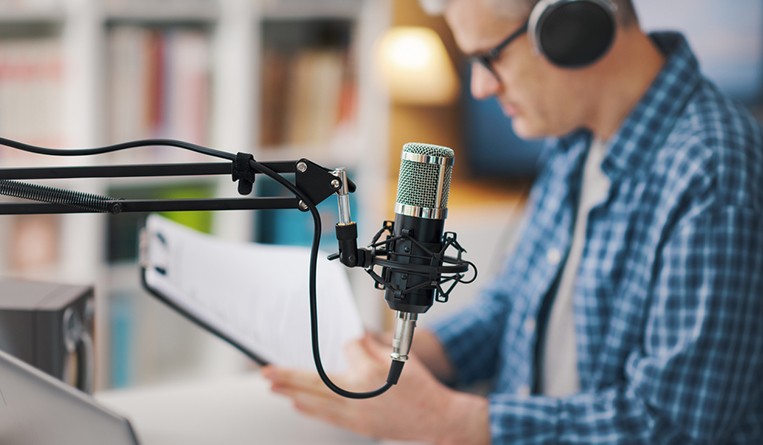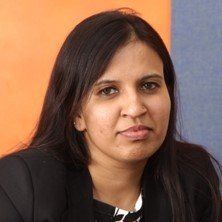Recording evidence via live transcription in court seen in India for the first time
04 November 2023

In a groundbreaking development, the Delhi High Court recently conducted a court proceeding that involved live transcription of witness testimony and arguments. This approach was applied for the first time in the patent case of Communication Components Antenna v. Rosenberger Hochfrequenztechnik & Ors. in accordance with Rule 16 of the High Court of Delhi Rules Governing Patent Suits, 2022.
Communication Components Antenna, an American-Canadian company providing antenna solutions and base station products for the wireless market, filed a patent infringement lawsuit against Rosenberger, a manufacturer of impedance-controlled and optical connectivity solutions. The patent in dispute is titled “Asymmetrical Beams for Spectrum Efficiency.”
Both parties agreed to the live transcription, with two transcribers provided by a transcription agency. The case was presided over by Justice Prathiba M. Singh.

Archana Shanker, Senior Partner, Head of Patents and Designs, Anand and Anand, Noida
Archana Shanker, senior partner and head of patents and designs at Anand and Anand in Noida, highlighted the advantages of recording evidence using live transcription.
She explained: “The cross examination is before the judge, and the judge during this exercise becomes familiar with the technology and the prior art – if invalidity is an issue. The judge becomes aware of the level of expertise of the expert from the time taken to answer a question and body language of the expert, among others. The cross examination concludes in a time-bound fashion.”
To maintain the accuracy of the transcripts, the transcription agency was directed to email the transcripts to the Delhi High Court. This step enables the court to review the transcripts for corrections, particularly when witnesses' accents may introduce errors. In this particular patent lawsuit, the witnesses were American and British. The transcripts will then be sent to the witnesses for their signatures.
- Espie Angelica A. de Leon






